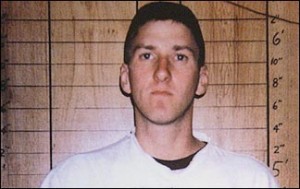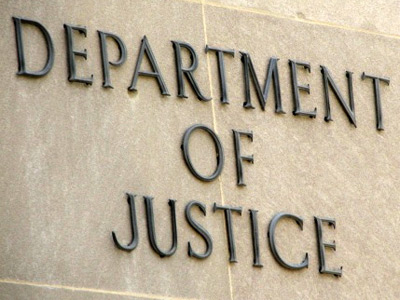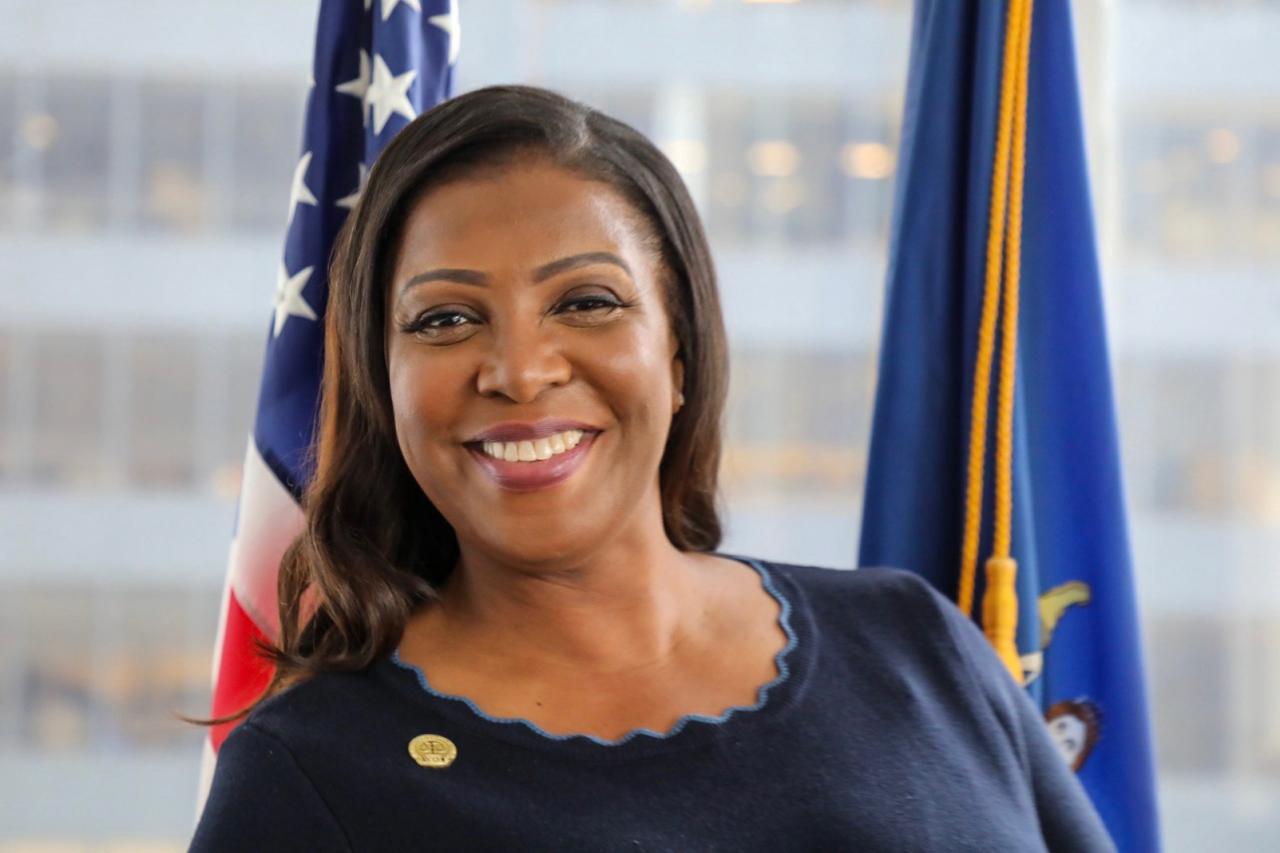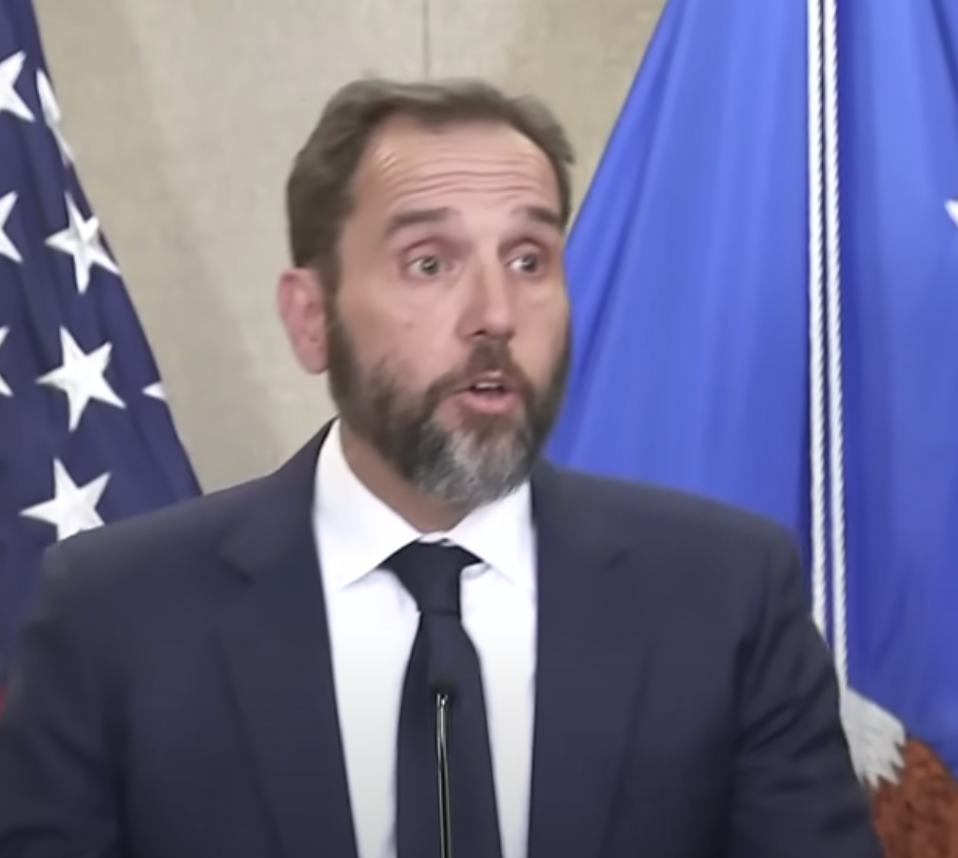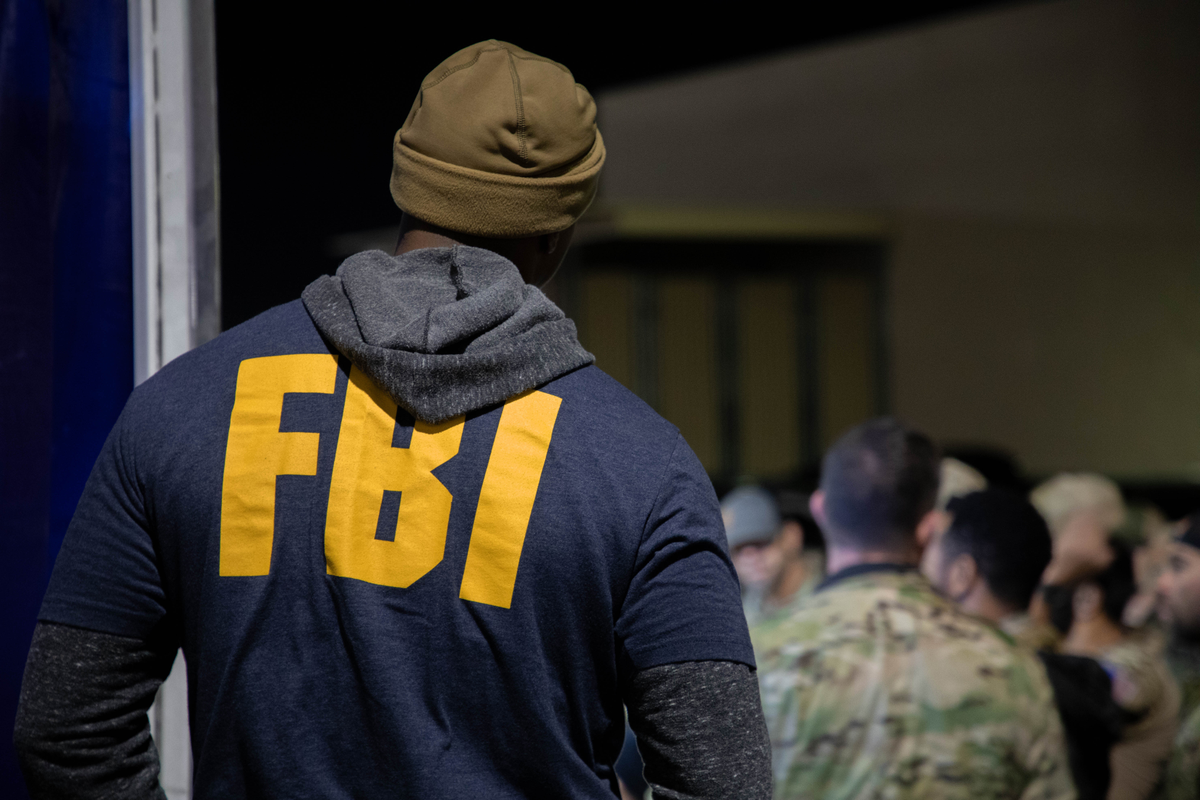By Steve Neavling
Federal agents were warned months in advance about a plot to bomb the Oklahoma City federal building, but failed to act on the credible tip, according to a new book that challenges the government’s account of one of the deadliest domestic terrorist attacks in U.S. history.
In Blowback: The Untold Story of the FBI and the Oklahoma City Bombing, journalist Margaret Roberts reveals that Carol Howe, a paid informant for the ATF, infiltrated a white supremacist compound tied to Timothy McVeigh and reported that an attack on federal buildings was being planned as early as late 1994, the Daily Mail reports. The Murrah Federal Building in Oklahoma City, where 168 people were killed in April 1995, was among the targets, Howe warned.
Despite filing dozens of reports with her handler, Roberts writes, Howe’s warnings were dismissed or buried because they didn’t fit the FBI’s preferred narrative — that McVeigh acted alone. After the bombing, the government downplayed Howe’s role and silenced efforts to connect McVeigh to a broader white supremacist network, according to the book.
Roberts reports that Howe had been embedded in Elohim City, a white supremacist compound on the Oklahoma-Arkansas border, and was tracking three men she called “The Big Three:” Dennis Mahon, a known bomber now in federal prison; Michael Brescia, a convicted bank robber; and Andreas Strassmeir, a German national with alleged ties to extremist groups. McVeigh, known to residents as “Tim Tuttle,” was seen visiting the compound and was said to operate a “satellite cell” nearby.
Roberts also details a phone call McVeigh made to Elohim City asking for Strassmeir on April 17, 1995, the same day he rented the Ryder truck used in the bombing. Days earlier, the FBI reportedly warned the Oklahoma City Fire Department about a possible terrorist threat, but took no visible action.
Howe, who was once slated to testify at McVeigh’s trial, was blocked from doing so by the judge. Instead, she was prosecuted — and later acquitted — on unrelated charges. Roberts argues that key evidence pointing to a wider conspiracy involving as many as 20 domestic terrorists was suppressed to preserve the lone-wolf narrative.


